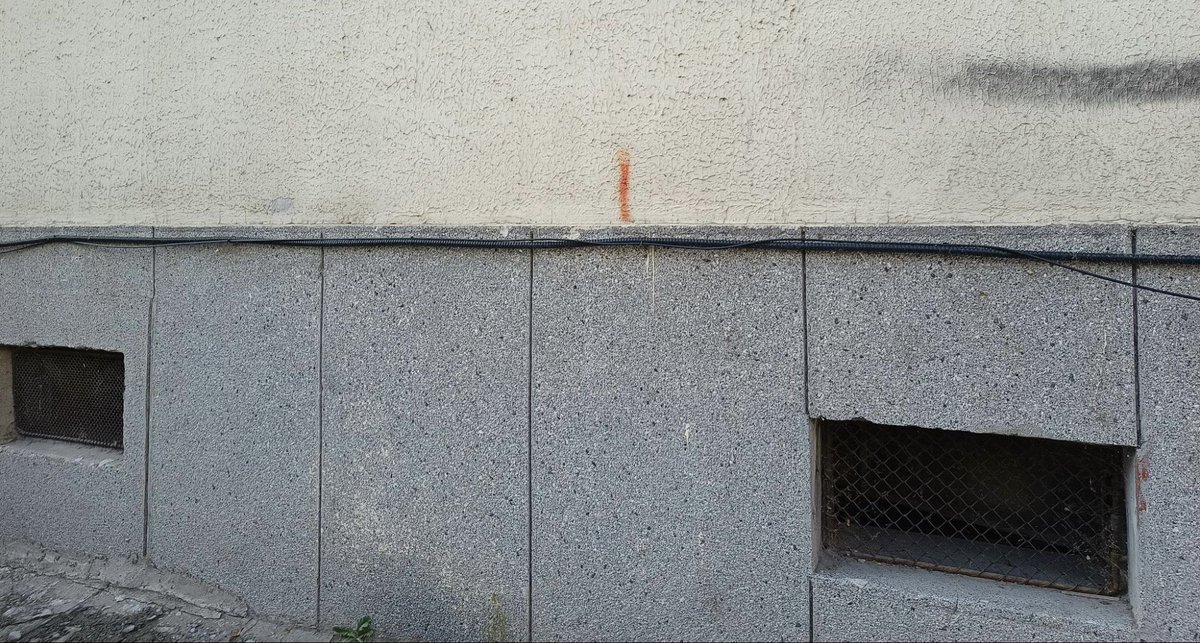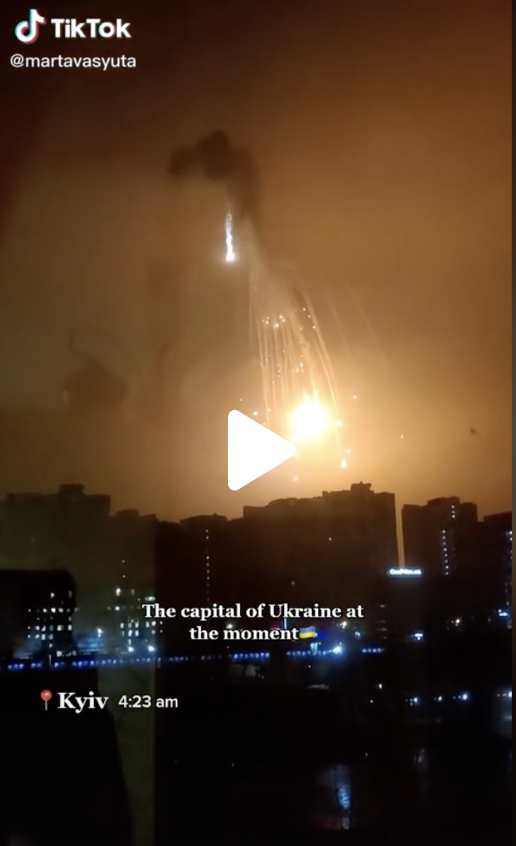
An American far-right extremist wanted to advertise his fashion brand- without letting people know where he was- but instead he ended up unintentionally demonstrating the power of open source investigation.
bellingcat.com/news/2022/11/2…
bellingcat.com/news/2022/11/2…
This isn’t the first time.
Back in November 2020, Bellingcat revealed that Rob Rundo a native of Queens, New York, and founder of the now-defunct American white supremacist gang Rise Above Movement (RAM), was in Serbia.
bellingcat.com/news/2020/11/1…
bellingcat.com/news/2020/11/1…
Rundo appeared to have made a base for himself there, as the US courts worked through appeals in his case, after he was charged with aiding and abetting a riot and conspiracy to violate the Anti-Riot Act in relation to violent clashes at several rallies in California in 2017.
In January this year the Supreme Court rejected his final petition of appeal; Rundo is facing up to ten years in prison if convicted in his trial, set to begin in April 2023 in Los Angeles.
Rundo is not known to have participated in any of his court hearings in 2022; a public court document from March even notes that Rundo’s defence lawyer had been “unable to reach and communicate” with him.
However, Rundo has been busy promoting his fashion brand; posting three portraits on his fashion brand’s website on 31 October, 2022. 
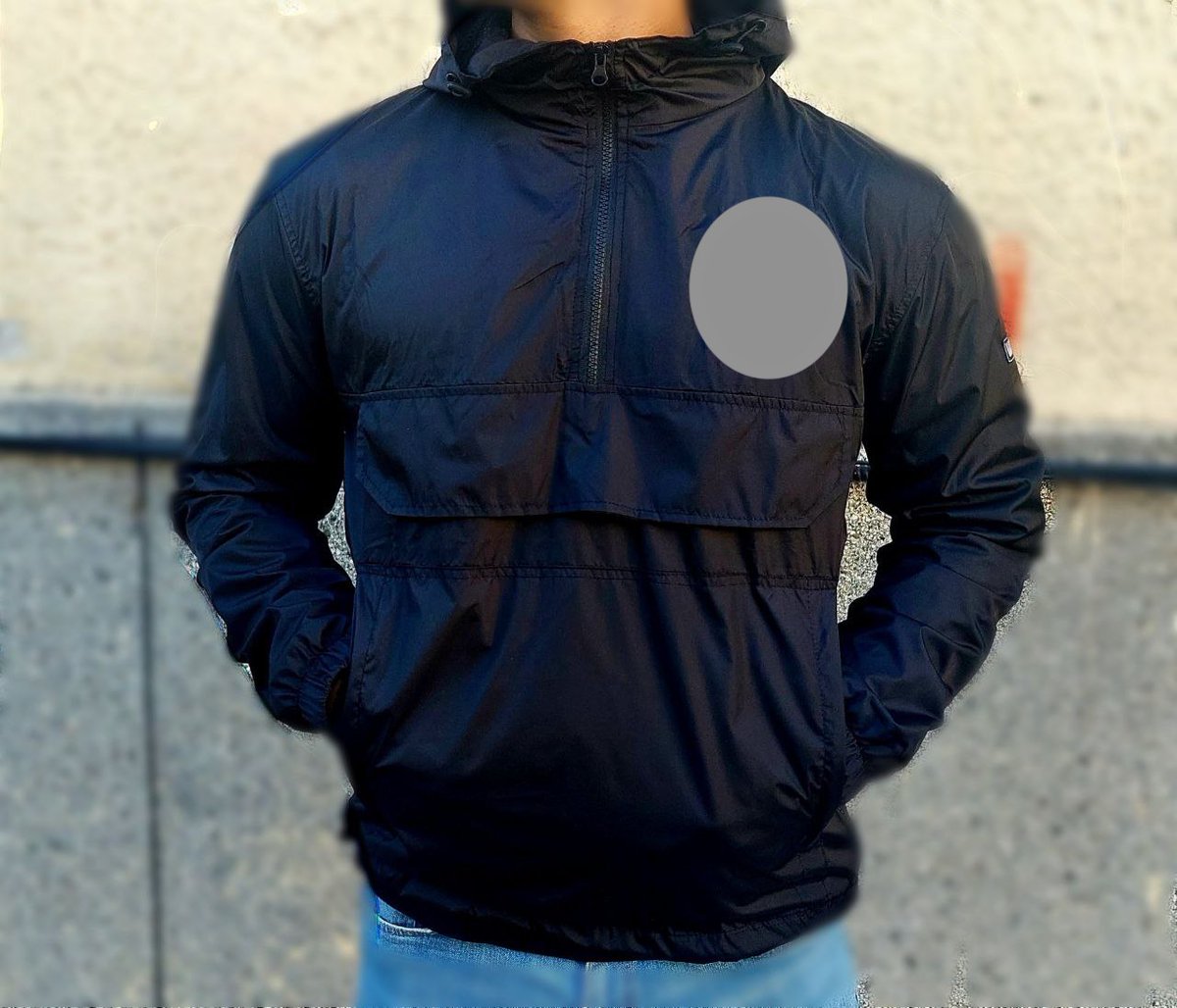
Initially, these pictures appear almost impossible to geolocate. They’re portraits that show no cityscapes, signs or identifiable features in the background. 
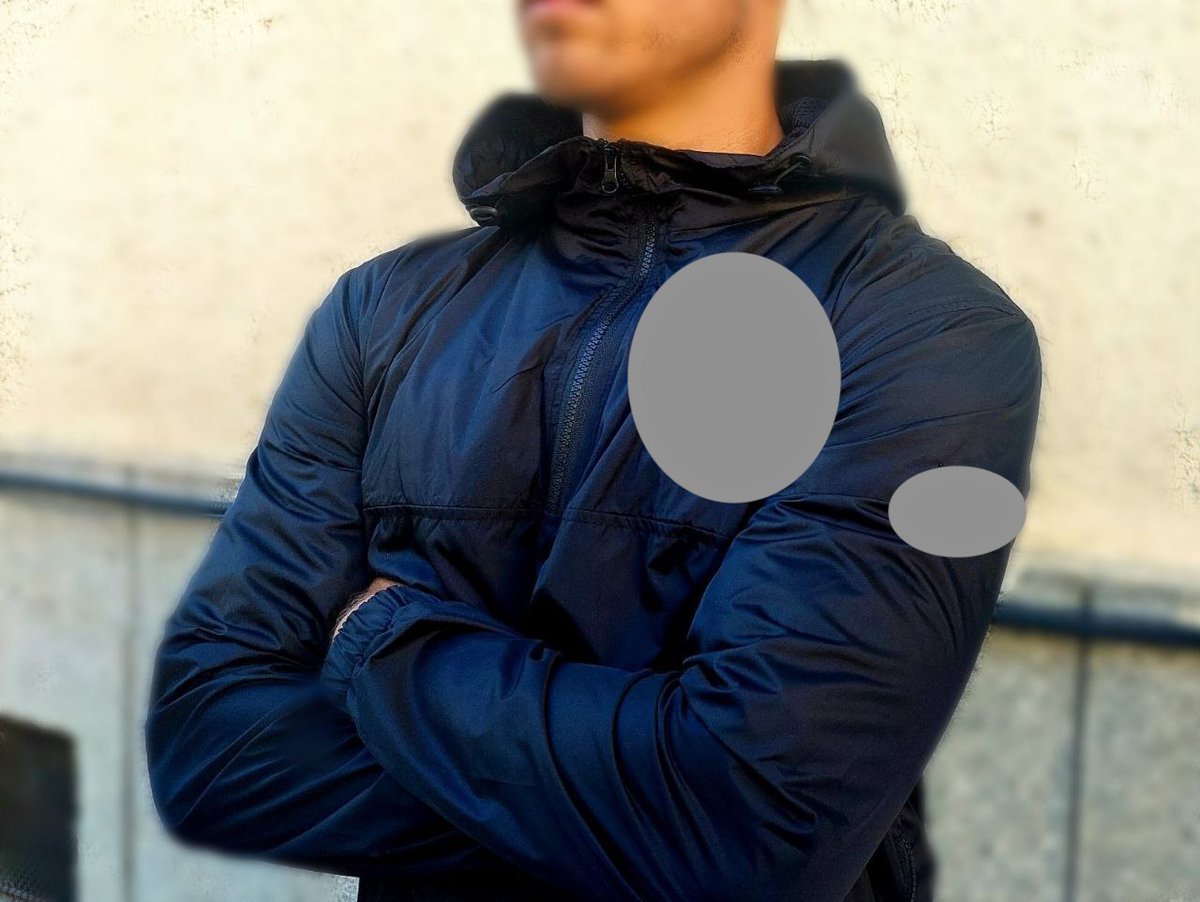
There’s no graffiti on the wall that would enable quick identification of the city or neighbourhood, as we were able to do in our 2021 investigation. bellingcat.com/news/uk-and-eu…
Even the background of the photos is deliberately blurred; Rundo said on a US far-right podcast in November 2022 that, in photos and videos he puts out, “we have to edit so that you can’t tell location.”
The single red stripe was the only clue we needed. But, we knew where to look because we had geolocated a photo posted on Instagram by a close associate of Rundo. We then assumed, correctly, that this photo was taken nearby.
On 16 October 2022, after several weeks of posting photos and video from locations in North Macedonia and Greece, Grady Mayfield, a 20-year-old San Diego resident and close associate of Rundo posted a black-and-white photograph of himself with the caption “On The Road”. 
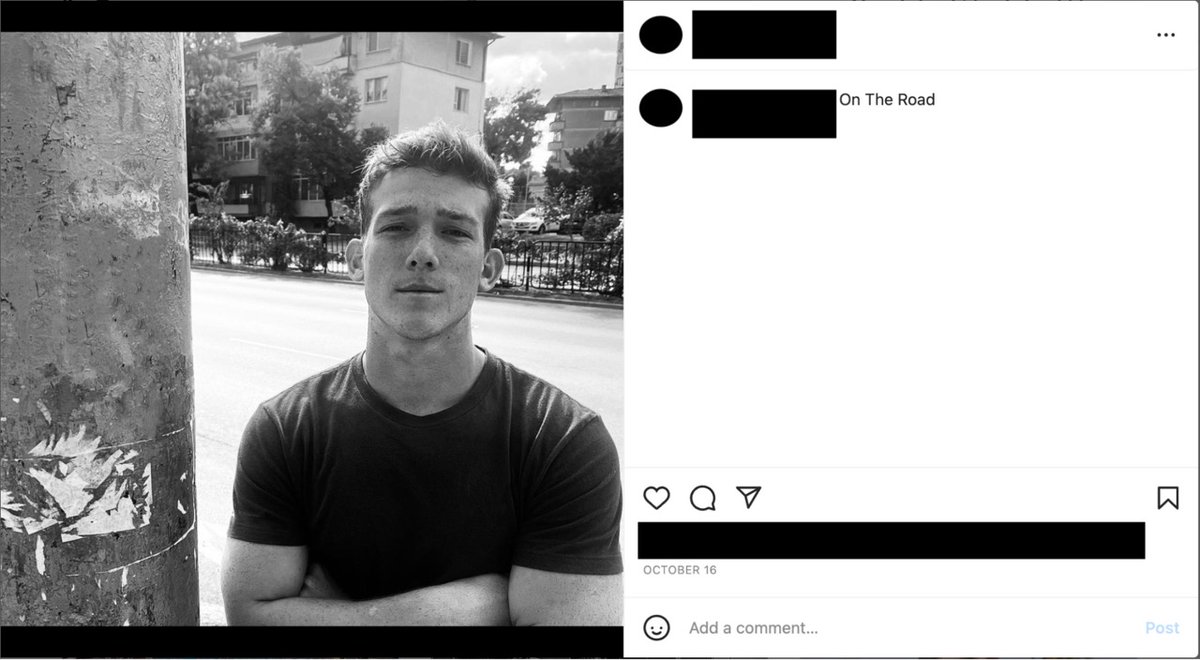
Bellingcat was nonetheless able to geolocate this photograph of Mayfield to Plovdiv, Bulgaria’s second largest city. We found the location by comparing the fencing visible in the photo to those in major cities across southeastern Europe.
google.com/maps/@42.16088…
google.com/maps/@42.16088…
Only when Bellingcat began looking at median-separated streets in Plovdiv, on Google Street View did we see dark-coloured fencing as seen in the photo with plants interwoven throughout. 
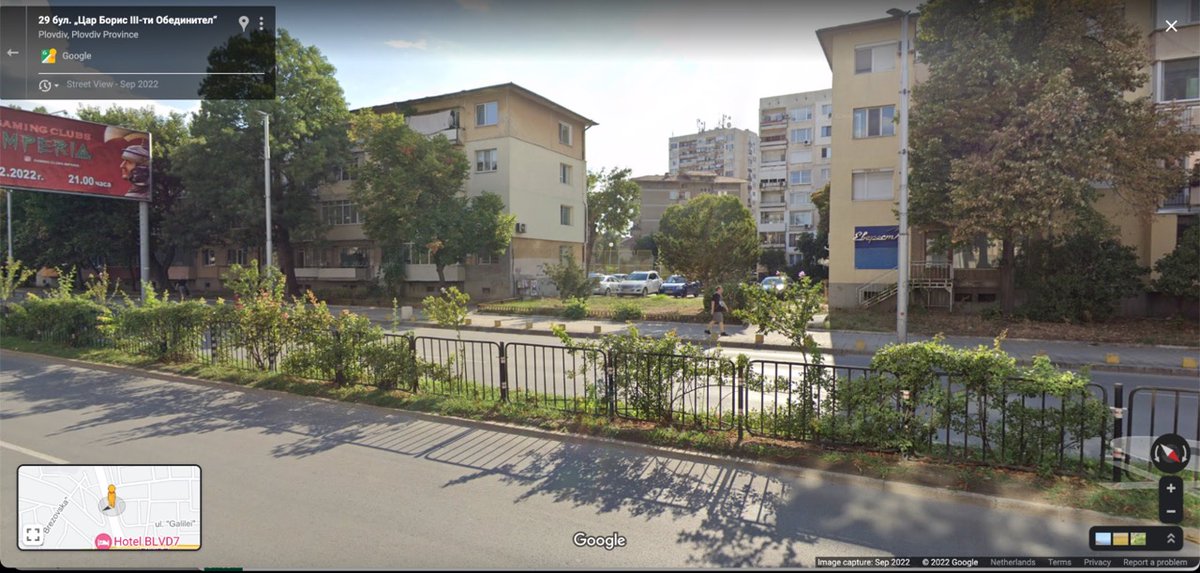
After just a few minutes of trawling through Google Street View images in Plovdiv, we found the exact location: a bus stop in the northern part of the city.
This finding prompted us to look for evidence of Rundo’s presence in Plovdiv. On October 19, Rundo published a short video on the Telegram channel of his far-right fashion brand promoting a sweatshirt as “coming soon.” 
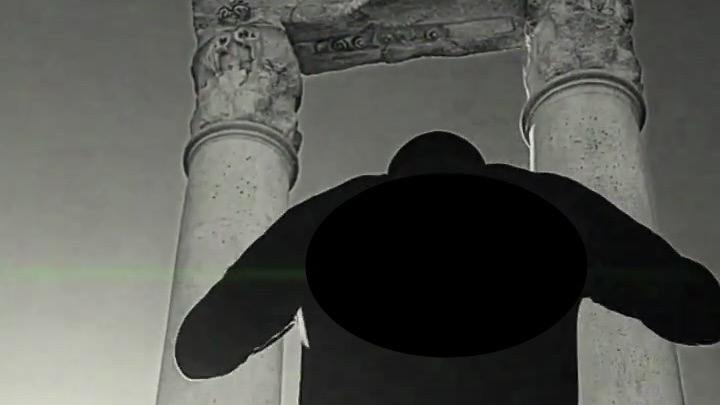
In the video, the camera pans low behind Rundo as two columns resembling Greek or Roman ruins tower above him. He also stands with his back to the camera in front of another column, with an apartment block visible in the background.
Over the previous weeks, Rundo had posted numerous photos and videos that Bellingcat had been able to geolocate to Greece, which could have led one to conclude these were from Greece as well.
But once we had geolocated the location of Mayfield’s photo to Plovdiv, we assumed there was a very strong chance these photos were taken in that city as well, as one of the city’s main tourist attractions are its extensive Roman ruins. nytimes.com/2019/05/14/tra…
With just a few minutes of searching online, Bellingcat was able to determine that these photos and the video were taken at the ruins of the Roman forum and odeon in central Plovdiv. google.com/maps/@42.14363… 
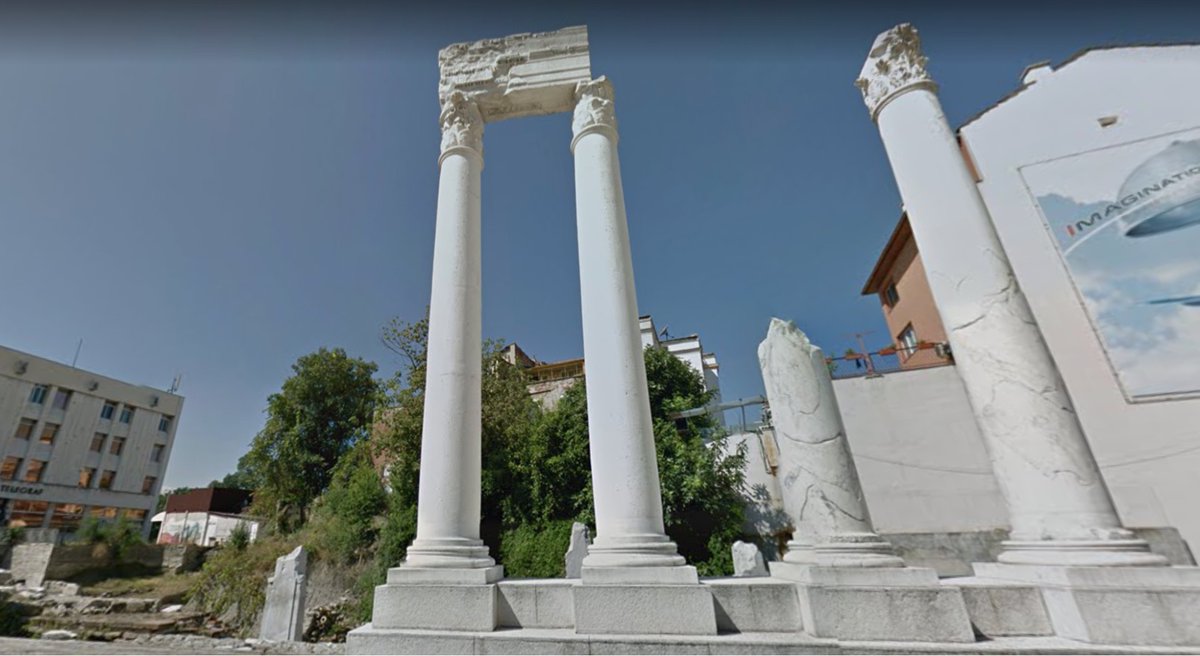
Given Mayfield’s photo from the northern part of Plovdiv, Bellingcat decided to search the immediate vicinity to geolocate Rundo’s photos.
We noted the reflection in the sunglasses that showed what looked like parked cars — indicating that the location was not a busy or wide street and looked like the rear of a building or a courtyard. 

Other details visible in Rundo’s photos- such as the single red line of paint on the wall- could be used to identify the location; despite efforts to blur the background. 

Using Google Street View, we discovered that the wall is that of an apartment building in Plovdiv, Bulgaria.
goo.gl/maps/g89qEYoxN…
goo.gl/maps/g89qEYoxN…
Bellingcat contacted Bulgaria’s national police and asked about Rundo’s case; they told us they couldn’t comment on operational investigations. The US Marshals Service, responsible for extraditing people wanted for crimes in the US, did not respond to requests for comment.
@ColborneMichael Bellingcat is a non-profit and the ability to carry out our work is dependent on the kind support of individual donors.
If you would like to support our work, you can do so here.
bellingcat.com/donate/
If you would like to support our work, you can do so here.
bellingcat.com/donate/
• • •
Missing some Tweet in this thread? You can try to
force a refresh

